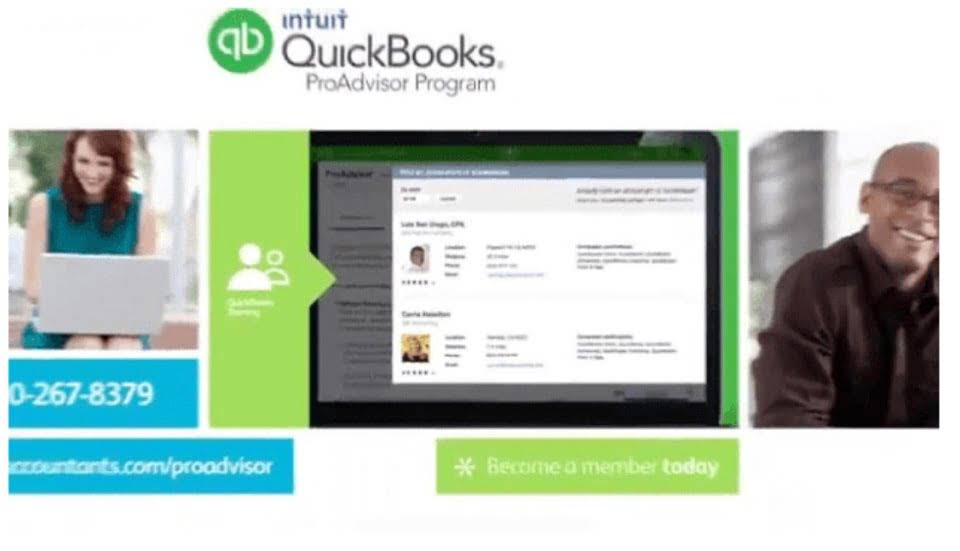Remember, understanding capital projects involves a holistic view—financial, operational, and strategic. By analyzing incremental cash flows and considering various perspectives, organizations can make informed decisions that drive growth and prosperity. Suppose that a company is considering investing in a new machine that will cost $100,000 and will have a useful life of five years. The machine will generate annual revenues of $50,000 and annual operating costs of $20,000.
By applying these adjustments, we can ensure that we are comparing the relevant cash flows for capital budgeting decisions. Remember, incremental cash flow analysis provides a systematic approach to evaluate different investment options based on their financial impact. By considering the incremental cash inflows, outflows, and utilizing techniques like NPV analysis and sensitivity analysis, investors can make informed decisions that maximize profitability and minimize risks. Incremental cash flow analysis is a powerful tool for evaluating the profitability and feasibility of capital expenditure projects. It compares the cash flows generated by a project with the cash flows that would have occurred without the project, thus isolating the net impact of the investment decision.
What are net incremental cash flows?
By calculating incremental cash flows, businesses can assess the profitability of potential opportunities and choose those with positive cash inflows over those with negative ones. In this section, we will introduce the concept of incremental cash flow, its importance in investment decision-making processes, and key takeaways. In conclusion, evaluating incremental cash flows is a vital step in capital budgeting to make informed investment decisions. By identifying the relevant cash flows, considering the time value of money, and analyzing the incremental cash flows, businesses can evaluate the profitability, risk, and strategic fit of different projects. This comprehensive evaluation ensures optimal resource allocation and maximizes the value of investments. In conclusion, understanding the concept of incremental cash flows is vital for effective capital budgeting.
Additional Questions & Answers
In some cases, businesses may face capital constraints and need to prioritize investment projects. Capital rationing involves allocating limited resources to projects based on their profitability and strategic importance. By employing appropriate criteria for project selection, businesses can optimize their capital allocation. Understanding Capital Budgeting Projects is a crucial aspect of financial decision-making for businesses.
A manager who wants to have a project approved could make adjustments to forecasted cash flow levels to de-emphasize cash outflows, while over-estimating cash inflows. These adjustments may only be noted years later, after sufficient actual results have been experienced to yield a valid comparison to the original forecast. Incremental cash flow describes the additional cash flow an organisation generates from taking on a specific new project or investment. It is a useful tool that helps a company’s management to decide whether to invest in a new project or not. In this section, we have explored the significance of identifying relevant cash flows for capital budgeting decisions. By accurately identifying and analyzing these cash flows, decision-makers can evaluate the profitability and feasibility of investment projects, helping them make informed and successful investment decisions.
- It relies on a number of assumptions and estimates, which may not be accurate or realistic.
- Incremental cash flow is a concept used in business and finance to measure the amount of money that a company will gain or lose by making a particular decision.
- We will also discuss some of the common pitfalls and challenges that arise when estimating incremental cash flows, and how to overcome them.
- Find out everything you need to know about incremental cash flow, including how to calculate incremental cash flow, right here.
Tax credits or deductions, such as research and development credits, should also be factored into the analysis. As you can see from the above example, forecasting incremental cash flow can help you compare different projects or ventures to determine which is the most viable or profitable for the company. You can make these calculations by hand, or use Finmark from BILL to calculate incremental cash flow using your business’s financial data. Find out the 7 major reasons why your clients’ businesses struggle to achieve a positive, healthy, consistent cash flow.
In this section, we will explain how to make these adjustments and why they are necessary. One of the most important aspects of capital budgeting is to identify the relevant cash flows for a project. These are the incremental cash flows, which are the changes in the firm’s cash flows that occur as a direct consequence of accepting the project. Incremental cash flows are not the same as accounting profits or net income, because they take into account the opportunity costs, sunk costs, externalities, and financing effects that affect the project’s value. In this section, we will discuss how to estimate incremental cash flows using different methods and steps. Incremental cash flow analysis has proven to be a valuable tool for organizations seeking to make informed investment decisions; however, it comes with its own set of challenges and limitations.
Where r is what is incremental cash flow the discount rate and CF1 through CFn are the cash flows for each year. Focus on variable expenses closely tied to project scale and timing as they’ll directly impact projected cash flows in your analysis. On the other hand, looking at total cash flows gives an overall picture of financial health.
After determining the timing of cash flows, the next step is to calculate the incremental cash flows. Incremental cash flows represent the difference between the cash flows with the investment project and without it. This step involves subtracting the cash flows of the existing or alternative project from the cash flows of the proposed project. Incremental cash flow can be positive or negative, depending on whether the project increases or decreases the cash flows of the firm.
While incremental cost shows the cost of specific choices, total cash flow tells you how financially healthy the whole company is. When we make smart choices, this knowledge can lead to more cash and better growth. Looking at incremental cash flow, they can work out important numbers like net present value and internal rate of return. These figures tell if an investment should happen now or wait until later. Forecasting incremental cash flow can provide you with an objective way to assess the potential profitability of a new project or venture. This calculation also shows that both product line expansions would be profitable for the business, as they both are expected to produce a positive incremental cash flow for the business.
By analyzing the operating cash flow, stakeholders can assess the profitability and sustainability of the investment. Incremental cash flow analysis can also be employed in areas beyond pharmaceutical investments. For instance, a retail corporation seeking to expand into a new market through acquisition may use incremental cash flows to assess potential acquisitions’ financial viability. By examining incremental cash inflows from the increased sales revenue and cost savings resulting from synergies, they can determine if the investment will be profitable (Miller & O’Leary, 2014).
- FCF is derived by subtracting capital expenditures from operating cash flow.
- In the realm of software development, the strategic management of open-source software assets and…
- Calculating incremental cash flows can help organizations make better decisions when it comes to investing in new projects, expanding existing businesses, or acquiring new assets.
- For instance, let us assume that Project A requires an initial investment of $10,000 and generates net cash flows of $8,500, $9,000, and $12,000 over the subsequent years.
Analyzing its components through the Statement of Cash Flows helps stakeholders understand the sources and uses of cash. Incremental cash flow is a vital concept in financial analysis, offering insights into the additional cash generated or lost from a specific business decision. It helps businesses evaluate the viability of new projects by assessing potential changes in cash inflows and outflows. This metric is crucial for determining whether a proposed venture will enhance or detract from shareholder value. A positive incremental cash flow is a good indication that an organization should invest in a project.
Incremental cash flow and total cash flow are two different measurements for a business’s money. It plays a critical role in capital budgeting and investment analysis because it helps decision-makers determine whether a proposed project will add value to the organization. Another major challenge that is faced is providing distinction between cash flows from a series of business operations and cash flows from the given project.
Sunk costs are also known as past costs that have already been incurred. The formula for incremental cash flow is quite simple and straightforward. To calculate it, you subtract the cash flows that would have occurred if a particular action had not been taken from the cash flows that result from taking that action.




